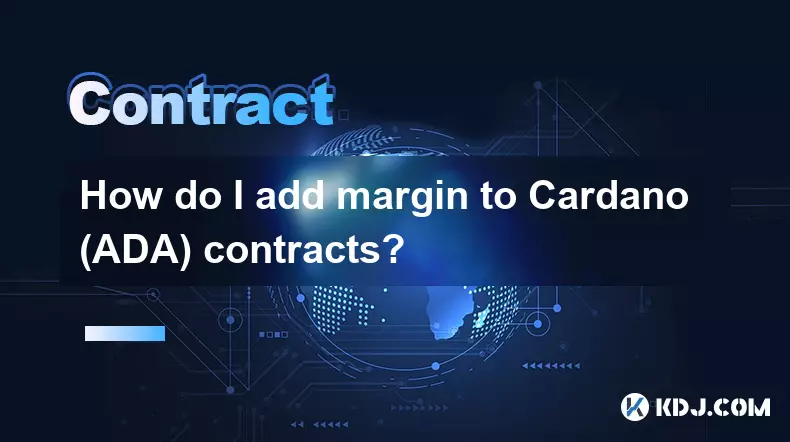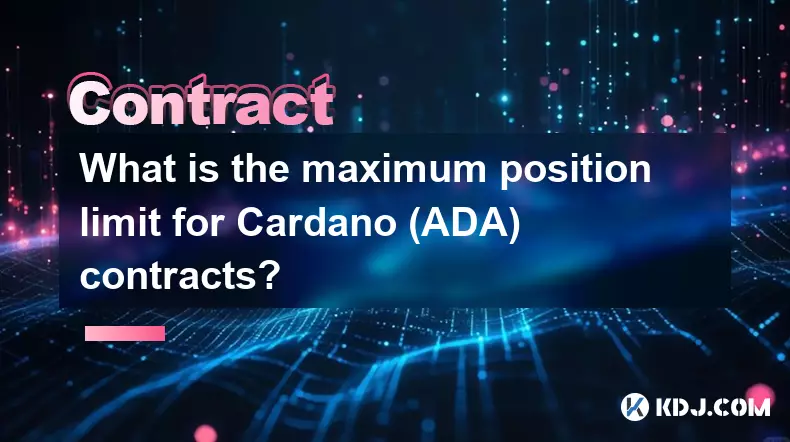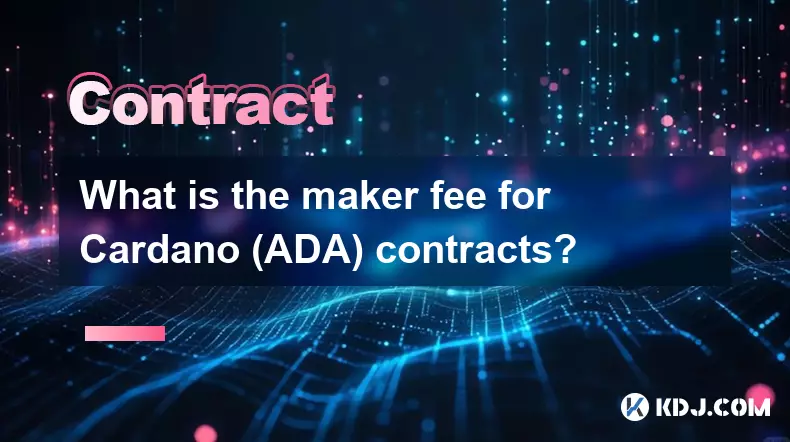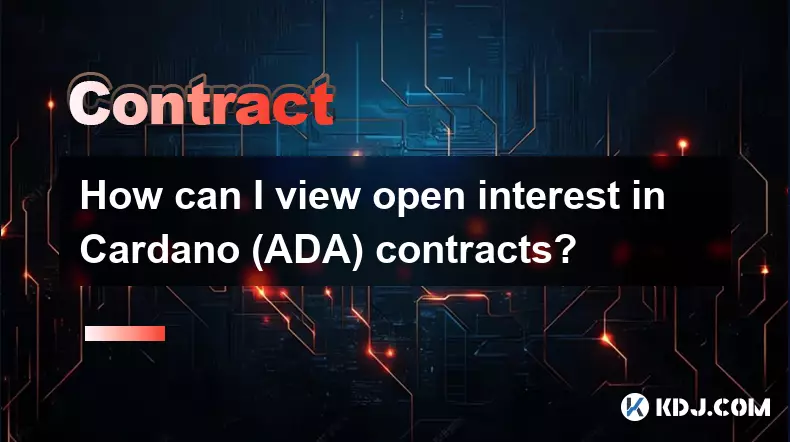-
 bitcoin
bitcoin $109547.008142 USD
0.04% -
 ethereum
ethereum $4011.838726 USD
-0.05% -
 tether
tether $1.000402 USD
-0.01% -
 xrp
xrp $2.798606 USD
0.88% -
 bnb
bnb $970.877944 USD
1.39% -
 solana
solana $202.237275 USD
-0.95% -
 usd-coin
usd-coin $0.999673 USD
0.00% -
 dogecoin
dogecoin $0.229294 USD
-1.15% -
 tron
tron $0.336370 USD
-0.45% -
 cardano
cardano $0.777260 USD
-1.66% -
 hyperliquid
hyperliquid $45.503019 USD
1.73% -
 ethena-usde
ethena-usde $1.000362 USD
0.01% -
 chainlink
chainlink $20.785303 USD
-1.10% -
 avalanche
avalanche $28.755822 USD
-0.11% -
 stellar
stellar $0.358303 USD
-0.48%
Bitstamp contract calculation formula
Bitstamp's contract calculation formula empowers traders to precisely gauge contract value, calculate leverage, determine PnL, identify liquidation price, and comprehend funding rates, enabling informed trading decisions.
Nov 15, 2024 at 02:48 am

Bitstamp is one of the leading cryptocurrency exchanges globally, renowned for its security, reliability, and advanced trading features. One such feature is the ability to trade crypto contracts, which provides users with leveraged exposure to digital assets. Understanding the contract calculation formula is crucial for maximizing returns and managing risk. This comprehensive guide will delve into every aspect of the Bitstamp contract calculation formula, enabling traders to make informed decisions and enhance their trading strategies.
Step 1: Contract Value DeterminationThe contract value serves as the basis for all subsequent calculations. It represents the notional value of the underlying asset being traded and is determined by multiplying the contract size (usually expressed in USD or BTC) by the current market price of the asset. For example, if a Bitcoin contract size is 1 BTC and the current BTC/USD price is $20,000, the contract value would be $20,000.
Step 2: Margin CalculationMargin refers to the amount of collateral required to open and maintain a contract position. It is typically expressed as a percentage of the contract value. For instance, if a contract has a margin requirement of 5%, a $20,000 contract would require a margin of $1,000. The margin serves as security against potential losses and protects the exchange in case of adverse price movements.
Step 3: Leverage CalculationLeverage is a key element of contract trading, allowing traders to amplify their potential returns. It is calculated by dividing the contract value by the margin. Continuing with the previous example, a $20,000 contract value and a $1,000 margin would result in a leverage of 20x. Leverage magnifies both potential profits and losses, so it is crucial for traders to carefully consider their risk tolerance.
Step 4: PnL Calculation (Profit and Loss)PnL represents the profit or loss incurred on a contract position and is calculated as follows:
PnL = (Current Market Price - Entry Price) Contract Size Leverage
Assuming the initial entry price was $20,000, and the current market price has risen to $22,000, the PnL for a 20x leveraged, 1 BTC contract would be:
PnL = ($22,000 - $20,000) 1 BTC 20 = $40,000
This result indicates a profit of $40,000. However, PnL can also turn negative if market conditions move against the trader.
Step 5: Liquidation Price DeterminationLiquidation occurs when the market moves against a trader, causing their margin to fall below a predetermined threshold. The liquidation price is the point at which the exchange automatically closes the trader's position to prevent further losses. It is calculated as follows:
Liquidation Price = Entry Price * (1 + (Margin Requirement / Leverage))
Using the same example from earlier, with an entry price of $20,000, a 5% margin requirement, and 20x leverage, the liquidation price would be:
Liquidation Price = $20,000 * (1 + (0.05 / 20)) = $19,750
If the market price falls below $19,750, the contract position would be liquidated.
Step 6: Funding Rate CalculationFunding rates are adjustments periodically paid between traders with long and short positions. They incentivize balanced market conditions and prevent excessive speculative behavior. Funding rates are calculated based on the demand and supply of contracts for a particular asset. Positive funding rates indicate a higher demand for long positions, while negative rates favor short positions.
ConclusionUnderstanding the Bitstamp contract calculation formula is paramount for successful contract trading. By carefully considering each step, traders can accurately determine their potential returns, manage risk, and optimize their trading strategies. Remember, contract trading carries inherent risks, and traders should always exercise due diligence and thoroughly research before engaging in this type of activity.
Disclaimer:info@kdj.com
The information provided is not trading advice. kdj.com does not assume any responsibility for any investments made based on the information provided in this article. Cryptocurrencies are highly volatile and it is highly recommended that you invest with caution after thorough research!
If you believe that the content used on this website infringes your copyright, please contact us immediately (info@kdj.com) and we will delete it promptly.
- Ethereum, Bitcoin Dominance, and the Altcoin Rally: A New York Minute on Crypto
- 2025-09-28 12:25:15
- RLUSD, XRP, and Open Interest: Decoding the Dynamics
- 2025-09-28 12:25:15
- Crypto Meme Coins: Unveiling the 2025 Potential
- 2025-09-28 12:25:16
- Crypto's Comeback: Solana, Polygon, and the Hunt for the Next Moonshot
- 2025-09-28 12:25:16
- Stablecoins, Financial Transactions, and the Future World: A New York State of Mind
- 2025-09-28 12:30:12
- XRP, Competitor, PDP Climb: Decoding the Crypto Landscape in 2025
- 2025-09-28 12:30:12
Related knowledge

How do I enable the "scalping-only" mode for Cardano (ADA) contracts?
Sep 24,2025 at 03:19am
Understanding Scalping Strategies in Crypto Derivatives1. Scalping in cryptocurrency trading refers to executing multiple short-term trades within min...

What is the settlement time for Cardano (ADA) contracts?
Sep 28,2025 at 04:18am
Understanding Cardano's Contract Settlement Mechanism1. Cardano operates on a proof-of-stake consensus model known as Ouroboros, which fundamentally i...

How do I add margin to Cardano (ADA) contracts?
Sep 27,2025 at 07:54pm
Understanding Margin in Cardano (ADA) Smart ContractsCardano operates on a proof-of-stake blockchain that supports smart contracts through its Plutus ...

What is the maximum position limit for Cardano (ADA) contracts?
Sep 23,2025 at 11:00pm
Understanding ADA Futures and Derivatives Market Structure1. Cardano (ADA) futures contracts are offered by several major cryptocurrency derivatives e...

What is the maker fee for Cardano (ADA) contracts?
Sep 26,2025 at 09:01am
Understanding Maker Fees in Cardano (ADA) Contracts1. The concept of maker fees applies broadly across decentralized exchanges and smart contract plat...

How can I view open interest in Cardano (ADA) contracts?
Sep 24,2025 at 07:36am
Understanding Open Interest in Cardano Derivatives1. Open interest refers to the total number of outstanding derivative contracts, such as futures or ...

How do I enable the "scalping-only" mode for Cardano (ADA) contracts?
Sep 24,2025 at 03:19am
Understanding Scalping Strategies in Crypto Derivatives1. Scalping in cryptocurrency trading refers to executing multiple short-term trades within min...

What is the settlement time for Cardano (ADA) contracts?
Sep 28,2025 at 04:18am
Understanding Cardano's Contract Settlement Mechanism1. Cardano operates on a proof-of-stake consensus model known as Ouroboros, which fundamentally i...

How do I add margin to Cardano (ADA) contracts?
Sep 27,2025 at 07:54pm
Understanding Margin in Cardano (ADA) Smart ContractsCardano operates on a proof-of-stake blockchain that supports smart contracts through its Plutus ...

What is the maximum position limit for Cardano (ADA) contracts?
Sep 23,2025 at 11:00pm
Understanding ADA Futures and Derivatives Market Structure1. Cardano (ADA) futures contracts are offered by several major cryptocurrency derivatives e...

What is the maker fee for Cardano (ADA) contracts?
Sep 26,2025 at 09:01am
Understanding Maker Fees in Cardano (ADA) Contracts1. The concept of maker fees applies broadly across decentralized exchanges and smart contract plat...

How can I view open interest in Cardano (ADA) contracts?
Sep 24,2025 at 07:36am
Understanding Open Interest in Cardano Derivatives1. Open interest refers to the total number of outstanding derivative contracts, such as futures or ...
See all articles










































































